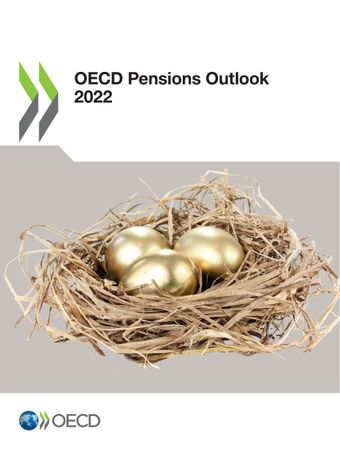US. Corporate pension buyouts reach $26 billion in Q3 — LIMRA survey
U.S. corporate pension plan buyout sales totaled $26.1 billion in the quarter ended Sept. 30, the highest volume for a third quarter, a LIMRA survey found. It also brings the year-to-date volume of buyout sales to $41 billion, breaking the previous annual record of $36 billion in 2012 in just the first three quarters of the year. LIMRA projects the total volume for 2022 will exceed $50 billion. The third quarter was highlighted by the second-largest U.S. pension buyout transaction in...










